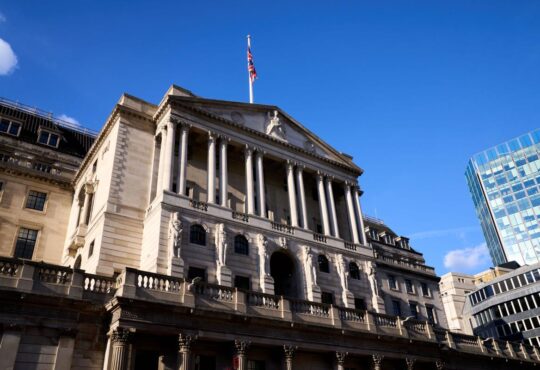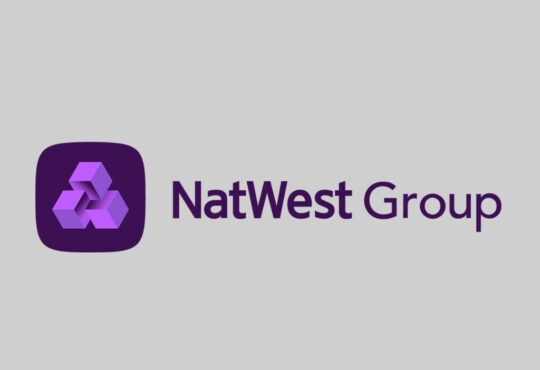
After a period in which elected governments and central banks were all rowing in the same direction during the pandemic, we are entering a new era.
- That is what some leading policymakers and academics are saying on the sidelines and stages of the World Economic Forum.
Why it matters: Global political leaders and central bankers are bracing for a period in which shocks — related to geopolitics, climate change and a laundry list of other things — are more frequent and put upward pressure on inflation.
- That might force governments to consider spending more to cushion the blow for consumers, even as central banks raise interest rates to put a lid on inflation — putting them at cross-purposes.
- That is in contrast to COVID-19, which introduced a new dynamic of go-big, firehouse-style government spending to offer relief during a once-in-a-lifetime crisis.
What they’re saying: “For the last few years, central bankers were saying fiscal authorities should do more. I think their wishes have come true and now they may see the consequences,” Raghuram Rajan, the former governor of the Reserve Bank of India, and current University of Chicago professor, tells Axios.Where it stands: The risk of this tension has been apparent in Europe. The European Central Bank has hiked rates at a historically rapid pace to try to counter inflationary pressures stemming from spiking energy and food costs.
- On the other hand, governments proposed aid packages to help consumers crushed by steep bills. But the measures — which some officials warned weren’t targeted enough to the most vulnerable — simultaneously risked igniting demand that central banks were trying to chill.
- It was on vivid display in Britain last year, as the Bank of England signaled it would raise rates to prevent tax cuts and energy subsidies from causing inflation to surge. It contributed to the downfall of Prime Minister Liz Truss‘ short-lived government.
“During the COVID crisis, it was a love affair between monetary and fiscal policy, completely in line,” Paolo Gentiloni, the European Union’s economy commissioner, said during a panel alongside Rajan in Davos.
- “I fully share that the target is to avoid fiscal [policy] compete with monetary policy. Easy to say, not so easy to put in practice.”
- Yet the International Monetary Fund’s Gita Gopinath said the “limits of that tension” between monetary and fiscal policy hadn’t yet been tested.
Yes, but: This shift might simply be a return to the pre-pandemic dynamic that pitted elected officials against central bankers.
- “What we experienced at the onset of the COVID crisis was the first time in my lifetime in which fiscal and monetary policy was actually coordinated and self-reinforcing. That’s usually never the case,” says Tim Adams, president of the Institute of International Finance.
What to watch: One test might be an economic slowdown in the U.S. and elsewhere, alongside still-elevated prices that force conflicting responses from central banks and governments.
- What they’re saying: “The Fed may not have tightening on the government side, so they do even more tightening. It’s a world of higher interest rates, more volatility in the economy and potentially deeper recessions than we are used to,” Karen Karniol-Tambour, co-CIO at Bridgewater Associates, said on the sidelines of the conference.






